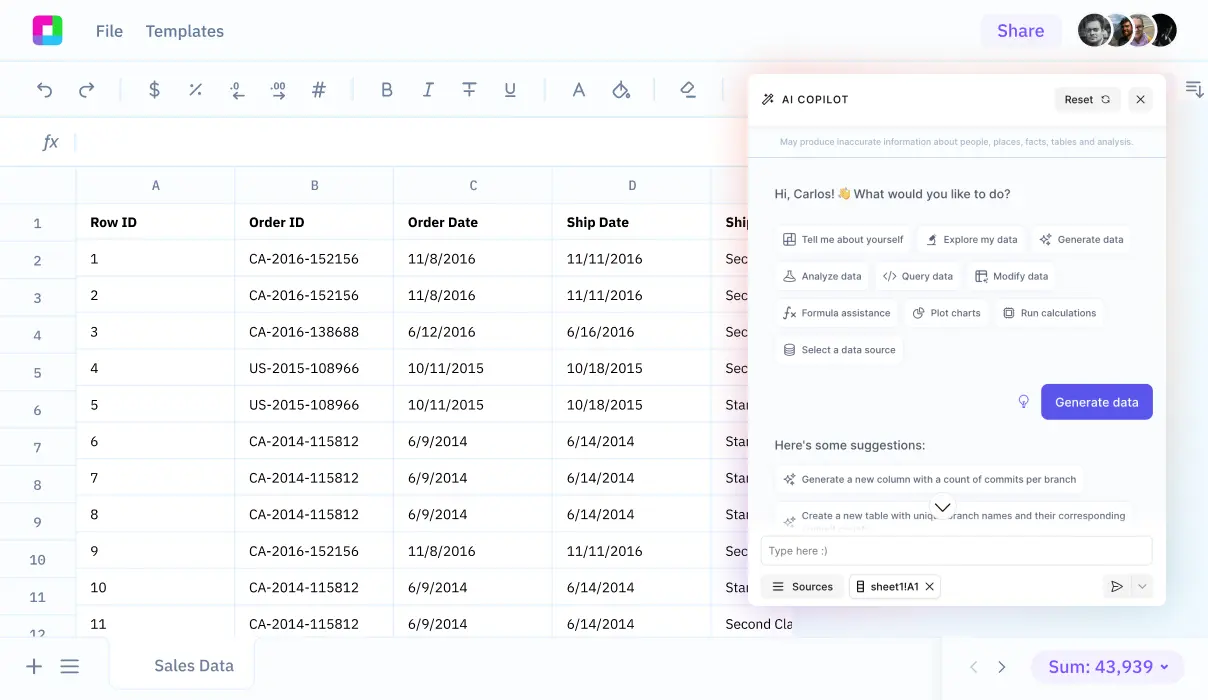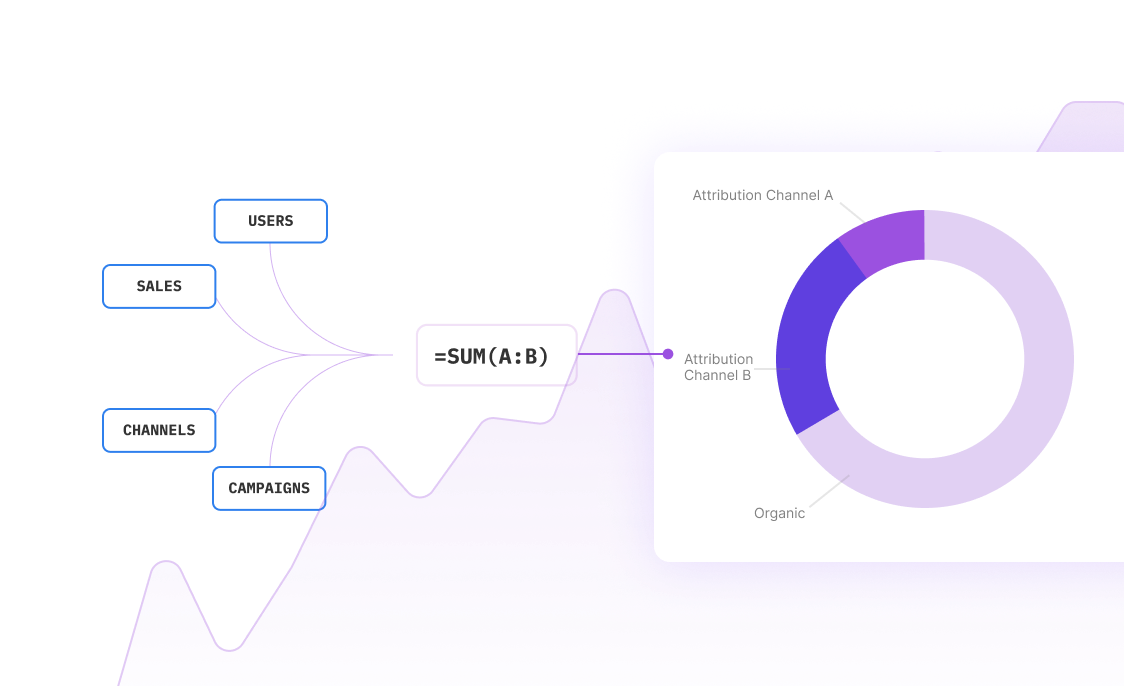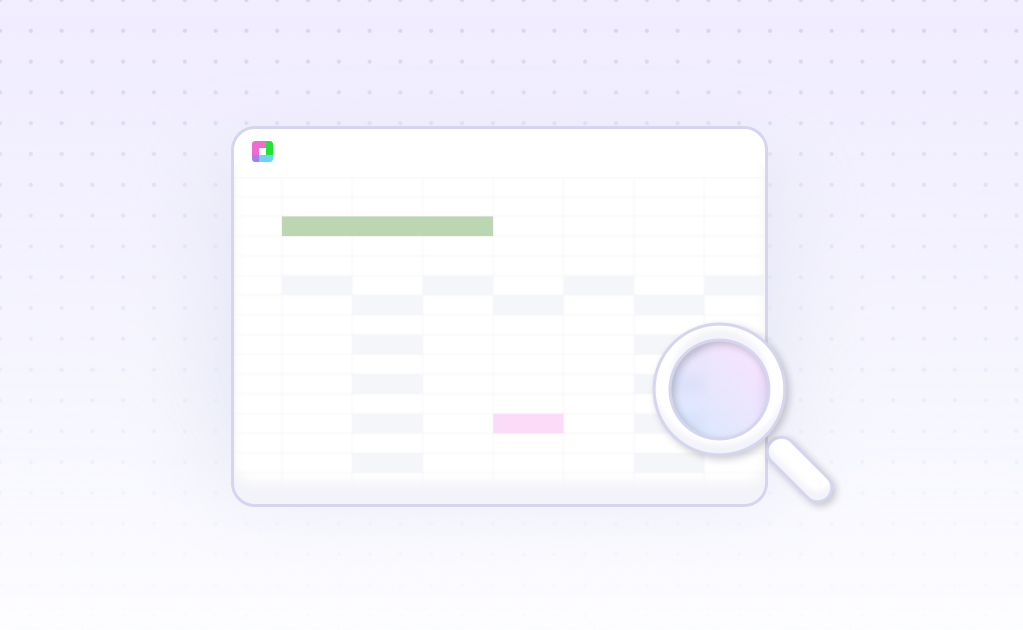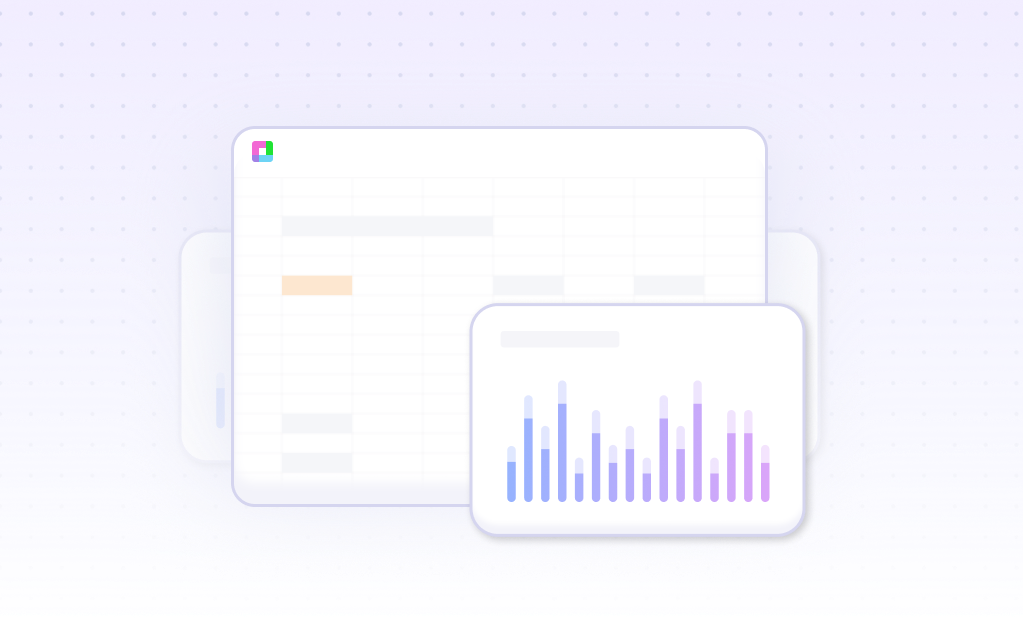
Introduction
Activity-based costing enables precise allocation of overhead costs by measuring individual production activities independently. While Excel remains a common tool for this analysis, modern AI alternatives like Sourcetable offer advanced automation and integration capabilities. Sourcetable combines Excel's functionality with AI-powered features including automated data cleaning, formula generation, and interactive reporting. By streamlining complex financial analysis tasks, Sourcetable eliminates the need for advanced Excel skills. Learn how to perform efficient activity-based financial analysis with Sourcetable at sourcetable.com/signup.
Why Sourcetable Is Superior for Activity-Based Financial Analysis
Excel, while revolutionary for finance, has become obsolete for modern business analysis. Sourcetable offers a compelling alternative by combining comprehensive data infrastructure with powerful integrations to Quickbooks, Stripe, and other essential business platforms.
Enhanced Automation and Integration
Unlike Excel's limited automation capabilities, Sourcetable seamlessly connects with HubSpot, Google Ads, and Klaviyo to generate customer acquisition cost (CAC) and lifetime value (LTV) reports. This integration enables real-time financial analysis without manual data entry.
AI-Powered Analysis
Sourcetable leverages AI to process information faster than traditional spreadsheets, identifying patterns and relationships in financial data that humans might miss. This capability drives faster insights for decision-making and risk modeling, while freeing analysts to focus on strategic activities.
Streamlined Data Management
While Excel requires manual updates, Sourcetable's data infrastructure platform efficiently loads and queries CSV files. This automation reduces errors and saves time in activity-based costing calculations, making financial analysis more reliable and scalable.
Benefits of Activity-Based Financial Analysis with AI-Powered Spreadsheets
Activity-Based Costing Benefits
Activity-based costing (ABC) provides deeper insights into overhead costs through expanded cost pools. By allocating costs based on activities rather than volume, ABC makes previously indirect costs like depreciation and utilities traceable to specific activities. This system enables more accurate cost transfer from high-volume to low-volume products.
Enhanced Analysis with AI-Powered Spreadsheets
AI-powered spreadsheets streamline activity-based financial analysis through automated data entry and analysis. These tools improve efficiency and accuracy while enhancing decision-making capabilities. The automation features save time and optimize operational workflows.
Activity-Based Financial Analysis with Sourcetable
Activity-based costing (ABC) assigns overhead and indirect costs to products and services using the formula cost pool total / cost driver. This method enables precise cost allocation across manufacturing operations.
Key Analysis Types
Sourcetable's AI-powered capabilities streamline five critical ABC analyses: target costing, product costing, product line profitability, customer profitability, and service pricing. The platform's automated data cleaning and categorization features enhance the accuracy of these calculations.
Advanced Capabilities
The system leverages AI to process complex datasets, generating actionable insights through scenario analysis, financial forecasting, and trend analysis. These automated workflows optimize cost driver rate calculations and overhead cost allocation decisions.
Automation Benefits
Sourcetable's automated report generation and data processing capabilities accelerate ABC analysis while reducing manual errors. The platform's ability to handle large datasets and uncover hidden insights makes it particularly valuable for manufacturing cost analysis.
Activity-Based Financial Analysis Use Cases with Sourcetable
Product Costing Analysis |
Connect Sourcetable to manufacturing databases and business applications to automate data collection for product costing. Use LLMs to analyze cost drivers and calculate accurate |
Customer Profitability Assessment |
Sync customer interaction data from Zendesk, Hubspot, and other sources to analyze customer-specific activity costs. Leverage AI-powered data analysis to identify high-maintenance customers and optimize service delivery costs. Create automated dashboards showing |
Service Pricing Optimization |
Import service delivery data from multiple sources to calculate accurate activity-based costs. Use AI to analyze cost patterns and suggest optimal pricing strategies. Generate dynamic pricing models using the formula |
Target Cost Planning |
Connect product development and market data to determine target costs. Use AI-powered forecasting to predict future activity costs and identify cost reduction opportunities. Calculate target cost achievement using |
Frequently Asked Questions
What is activity-based financial analysis and why is it important?
Activity-based costing (ABC) is a costing method that assigns overhead and indirect costs to related products and services. It recognizes relationships between costs, overhead activities, and manufactured products, assigning indirect costs less arbitrarily than traditional methods. This helps companies develop more appropriate pricing strategies and better understand their costs.
How can AI enhance activity-based financial analysis?
AI improves financial analysis by providing real-time insights into financial performance, enabling data-driven decisions with greater accuracy. It offers predictive analytics for revenue and cash flow forecasting, budget optimization, and actionable recommendations for cost optimization. AI also enhances cash flow management by analyzing payment patterns and identifying potential liquidity challenges.
How can Sourcetable be used for activity-based financial analysis?
Sourcetable can be used for financial modeling and forecasting with its AI features, allowing users to perform activity-based financial analysis in a spreadsheet interface.
Conclusion
Activity-based costing provides detailed overhead allocation by measuring individual production activities. While Excel remains a common tool for this analysis, Sourcetable offers an AI-powered alternative that combines spreadsheet functionality with natural language processing.
Sourcetable accelerates financial analysis through automated formulas, intelligent data cleaning, and integration with over 100 data sources. Its AI assistant responds to plain language commands, eliminating the need for complex Excel formulas while maintaining accuracy and compliance in financial reporting.
Experience AI-powered activity-based costing analysis today at sourcetable.com/signup.
Recommended Analysis Guides
Connect your most-used data sources and tools to Sourcetable for seamless analysis.
Frequently Asked Questions
If you question is not covered here, you can contact our team.
Contact Us





